The positioning of Xi’an in China and the island of Cyprus mean they both have long histories of international trade and cultural exchange. But what is the picture looking forward?
By Karen Taylor
Cyprus has long been recognised as a crossroads of civilisations, located as it is between Asia, Europe and the Middle East. In much the same way, the Chinese city of Xi’an has historically served as a cultural meeting point, uniting people from China, Central Asia and the Middle East.
Xi’an’s central location in what is now the Shaanxi Province means it served as important imperial capitals for almost a millennium of Chinese history. “For a long time, it was commonly recognised that the Western capital of the world was the city of Rome, Italy, and the Eastern capital of the world was the city of Chang’an, now Xi’an,” Silk Road historian and writer Gao Jianqun recently told the Global Times.
The capital of China’s Tang Dynasty (618-907) and the starting point of the Silk Road, Xi’an was a meeting place for different cultures, art styles and literature from across the known world due to its role as a trade hub, where people from the East and West met over 1,000 years ago.
Over 2,000 years ago, Xi’an became the starting point of the Silk Road – the world’s largest transport artery – marking the beginning of a new era of political, economic and cultural exchanges between the East and the West. Today, as a national central city and a new starting point of the Silk Road, Xi’an remains a pivotal hub city connecting China with Central Asia and Europe, with its unique geographical advantages playing a critical role in the Belt and Road Initiative.
Driven by its historic role as the start of the Silk Road, Xi’an is now a national central and technological hub, and its strategic gateway for the Belt and Road Initiative. Key factors include state-led initiatives to create an international metropolis, the revival of manufacturing and consumption, and the leveraging of its deep cultural heritage to attract tourism and foster cultural exchange.
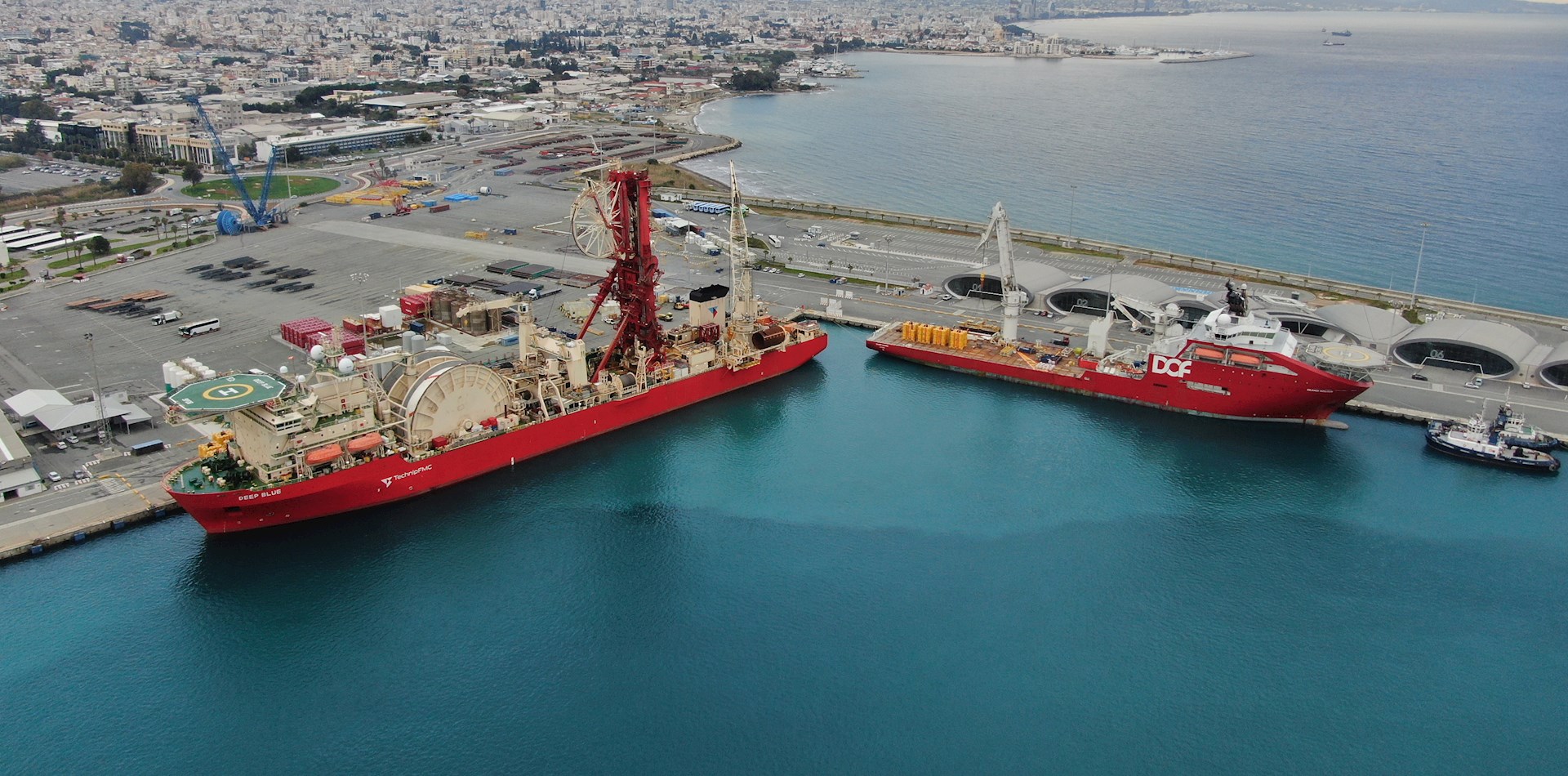
Today, it still connects Asia with Europe, replacing camel caravans with modern freight trains – 86 routes connect China with Europe, linking more than 110 Chinese cities with 217 in 25 European countries, as well as more than 100 in 11 Asian countries and regions. Xi’an has long been hailed as a city of openness and inclusiveness.
The openness of Xi’an endures, albeit in a more modern form reflected in the amount of international business centred there – 408 foreign-funded enterprises were set up in Shaanxi in 2023 alone, a year on year increase of almost 30 per cent. Xi’an has 40 sister cities worldwide, and over the past decade tourists have visited Shaanxi 26 million times.
In 2023, Xi’an and Paphos established sister city relations under the framework of the China-Cyprus Sister City Alliance. As such, activities have been carried out to bring the two peoples together, including when representatives from Cyprus sister cities attended the 6th Western China Digital Economy Expo held in Xi’an in June, injecting fresh impetus to China-Cyprus relations at the subnational level.
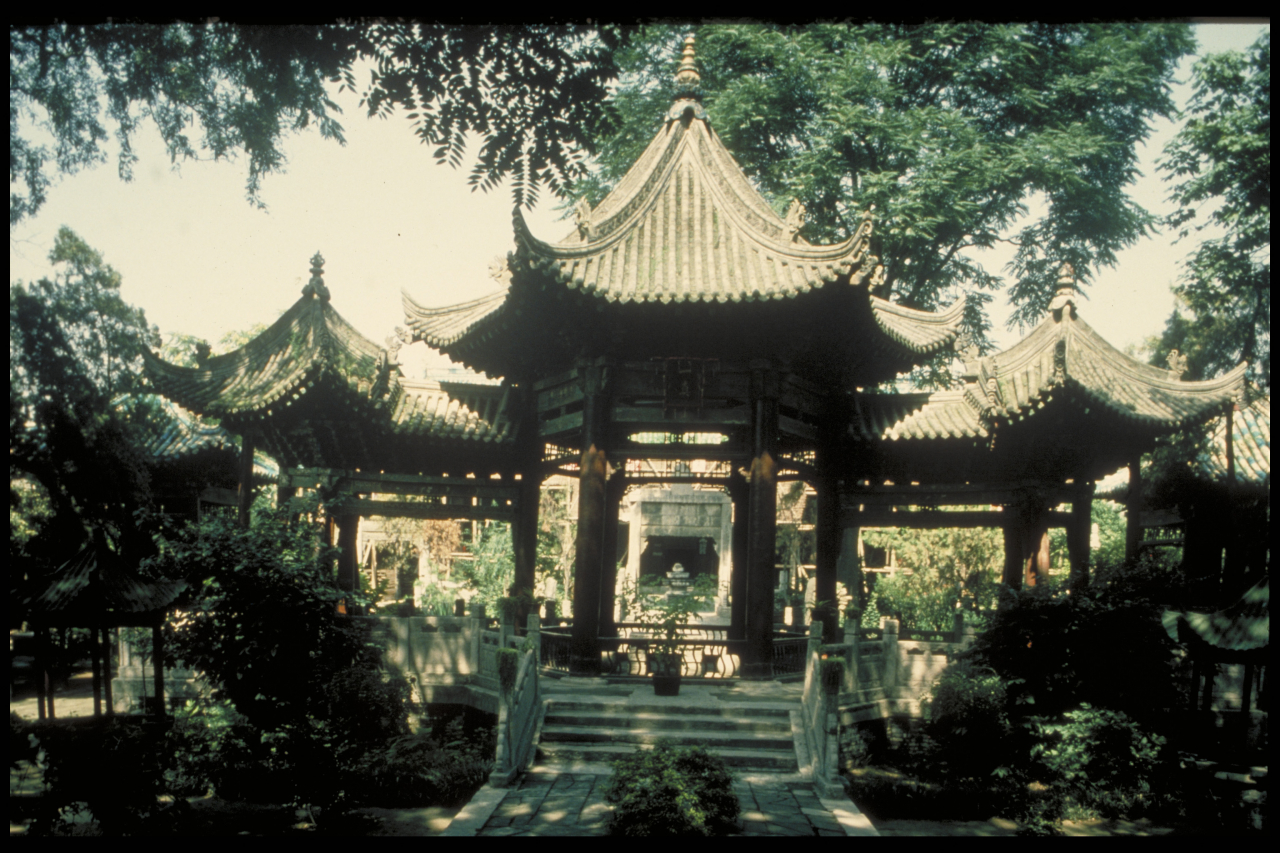
With its location at the crossroads of continents, Cyprus too has a rich and diverse history, beginning with Neolithic settlements dating back to the sixth millennium BC. Its strategic location, fertile lands and rich supply of resources meant it played a crucial role. The island was influenced by various cultures, including migrating settlers from Anatolia, and later Mycenaean and Greek colonists, who established significant urban centres. These were followed by the Assyrians and Egyptians, the Phoenicians and periods of Persian and Hellenistic rule. Cyprus was also part of the Roman Empire.
The island is also known for its rich archaeological records, spanning tens of millennia, which provide evidence of the intermixing of multiple cultural traditions,
Perhaps the best example of continuing this history of international trade and cultural exchange is Limassol port, operated by DP World, through which 140 cruise ships are expected to have passed by the end of 2025.
“Strategically located in the region, acting as a bridge between Europe, the Middle East and North Africa, Cyprus has traditionally been a cruise destination with an abundance of experiences for visitors,” DP World said.
It is not just tourists though, under a deal signed late last year, approximately 10,000 vehicles from Asia and 7,000 from other countries will be transported and stored at Limassol’s terminal before being exported to neighbouring markets, while between 2017 and 2023, the number of containers that passed through the port increased by 75 per cent.
“The container terminal at the port of Limassol has the potential to become a major trade hub,” chief operating officer of Eurogate Container Terminal Limassol Alexandros Demetriades said.
About Mirror of Culture
Mirror of Culture is a joint initiative of the Cyprus Mail and the Chinese embassy. It highlights the parallels between Cypriot and Chinese culture to set an example of acceptance, respect and
understanding among the various cultural communities on the island, recognising the fundamental importance of culture.
Culture is the universal language that transcends many barriers, including language and geography. The aim is to work with diverse cultural communities in Cyprus to share and promote our vibrant cultures to further bolster the bonds among all the people of Cyprus and celebrate the diversity of cultures in the world.
Furthermore, the initiative understands the importance of cultural preservation, which is an important way for us to transmit traditions and practices of the past to future generations.

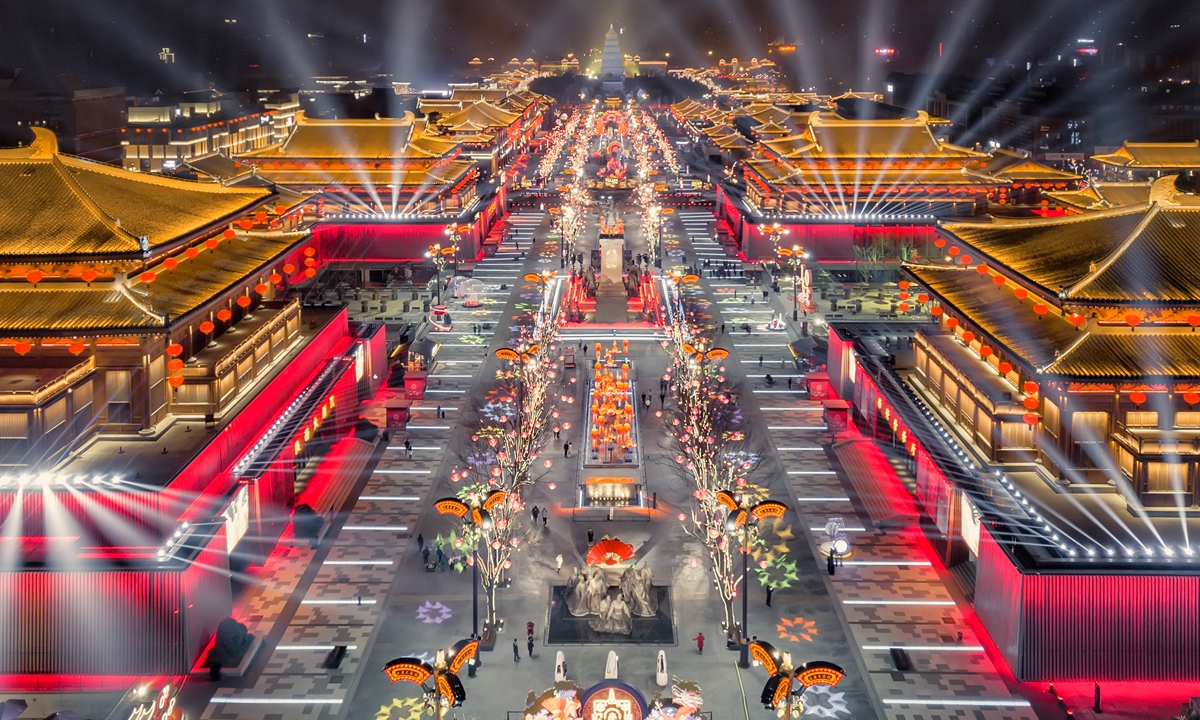


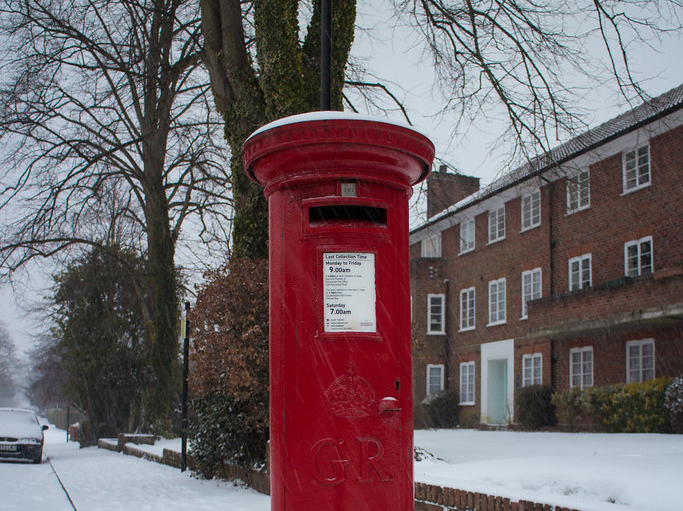
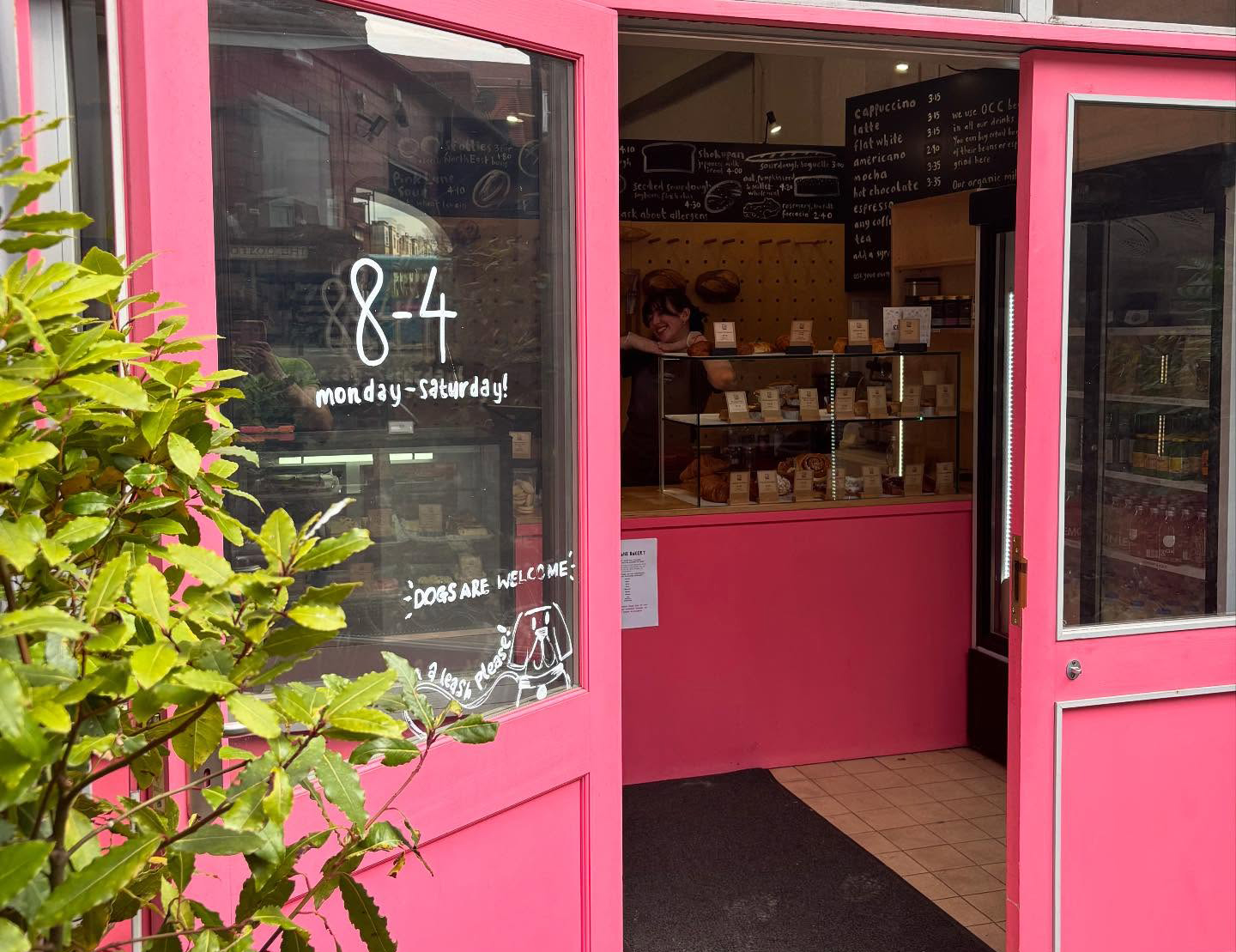
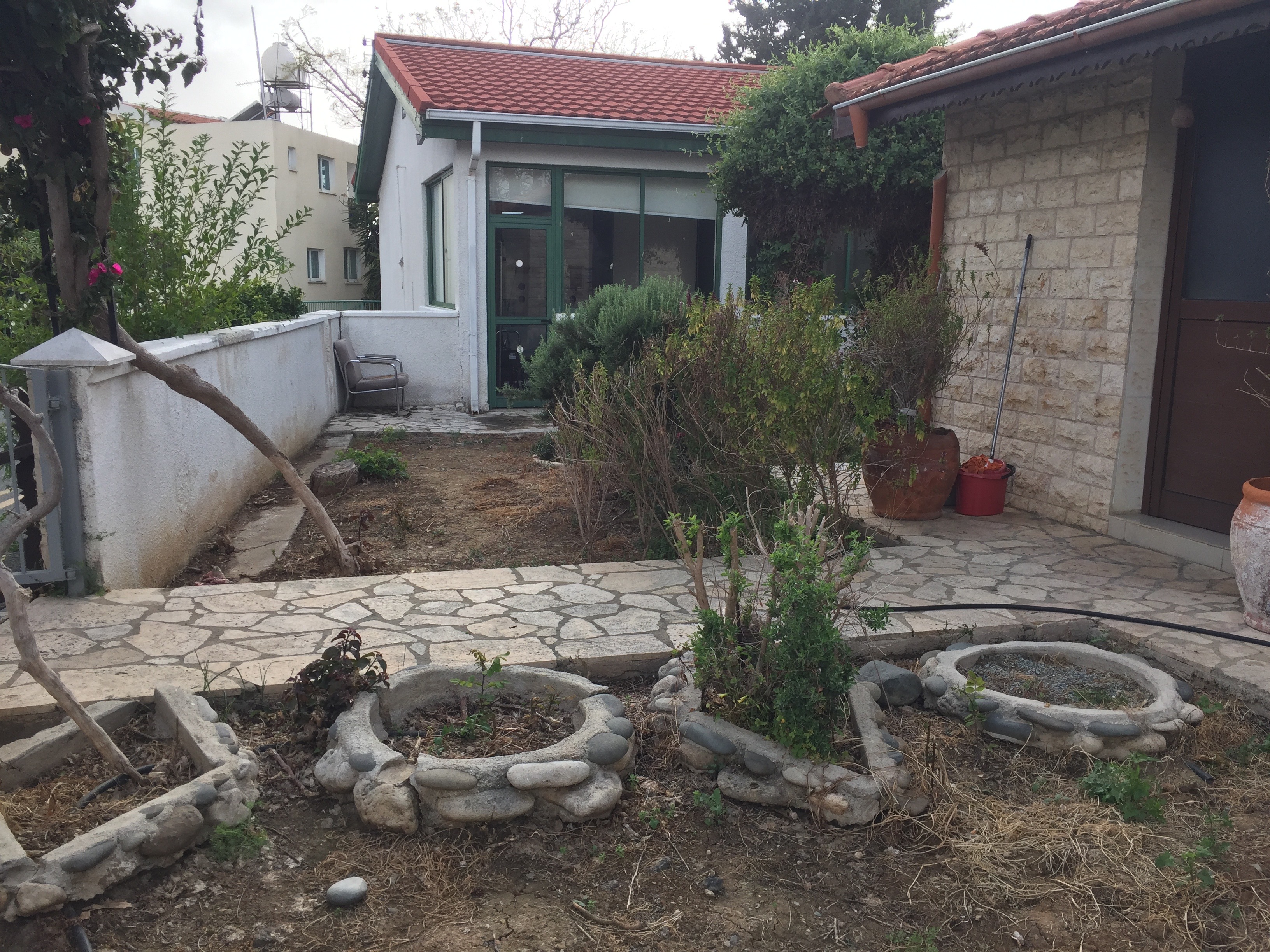
Click here to change your cookie preferences